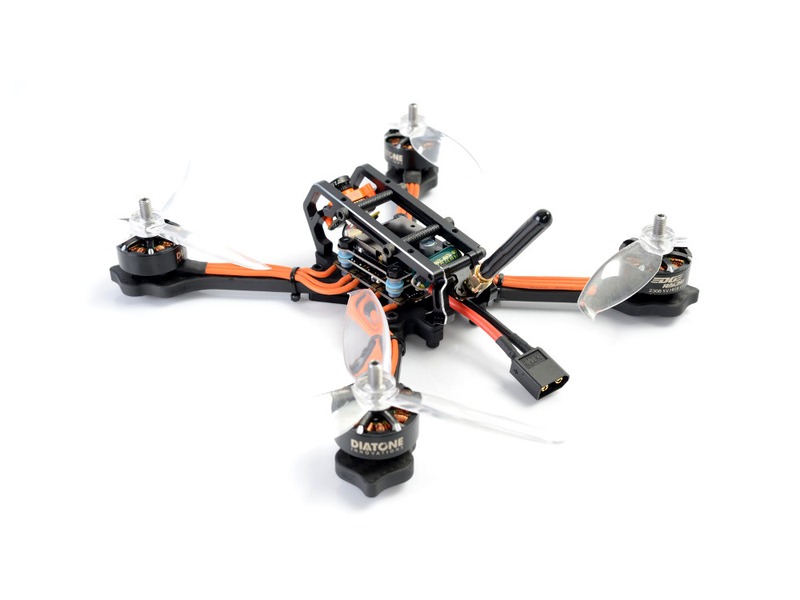Are FPV drones hard to fly?

FPV (First Person View) drones are becoming increasingly popular, and many people are asking if they are hard to fly. The short answer is “it depends.”
FPV drones come in a variety of shapes and sizes, and each type has its own unique set of challenges. For example, a racing drone is going to be much more difficult to fly than a basic camera drone. The same goes for larger drones, which require more skill and knowledge to fly safely and effectively.
Of course, the level of difficulty will also depend on the experience level of the pilot. Those who have never flown a drone before will naturally find it more difficult than those who have had some experience.
That said, there are certain aspects of flying an FPV drone that all pilots must learn in order to fly safely and effectively. These include learning how to read the drone’s flight data, understanding how to control the drone’s movements, and learning how to fly a drone in a safe and responsible manner.
In addition, flying an FPV drone requires that the pilot be able to maintain situational awareness. This means that the pilot must be aware of their surroundings and be able to react quickly to changes in the environment. This is especially important when flying in an area with other people or objects.
Finally, it’s important to note that FPV drones require a certain level of technical knowledge. This includes understanding how to build and configure the drone, as well as knowing how to operate the various components.
Overall, FPV drones can be hard to fly, but the level of difficulty depends on the type of drone, the experience level of the pilot, and the amount of technical knowledge they have. Those who are willing to put in the time and effort to learn the basics of flying an FPV drone can find it to be an enjoyable and rewarding experience.
Comments / Question
2. Not calibrating the compass before takeoff.
3. Not checking the video signal before takeoff.
4. Flying too close to obstacles or people.
5. Not understanding the effects of wind on the drone.
6. Not understanding the importance of proper pre-flight checks.
7. Not understanding the importance of proper orientation and control of the drone.
8. Not understanding the importance of proper flight planning.
9. Not understanding the importance of proper maintenance and care of the drone.
10. Not understanding the importance of proper safety protocols.
2. Always keep your drone in sight and within line of sight.
3. Always use a spotter when flying.
4. Avoid flying near airports, airports, and other restricted airspace.
5. Keep your drone away from people, animals, and buildings.
6. Fly in good weather conditions with minimal wind.
7. Make sure you are familiar with the drone and all of its components before flying.
8. Use a pre-flight checklist to ensure that the drone is functioning properly.
9. Use a simulator to practice flying before taking the drone outside.
10. Have a plan for what to do in case of an emergency.

